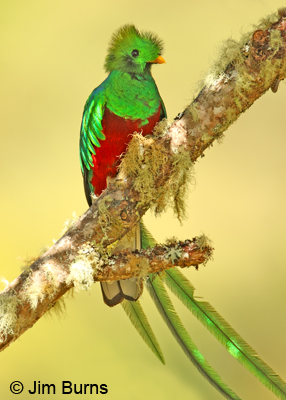
The three word phrase I use most frequently is “adult treasure hunt.” Because birding is an outdoor activity which may require some prior homework and the use of deduction while on the fly, perhaps the closest real life analogy is orienteering. To be a birder is to follow leads (weather, habitat) and understand clues (song, feather patterns). And if a non-birder observes a male Elegant Trogon, or even a male Northern Cardinal, and doesn’t then "get" the “treasure” part, they don’t even deserve to be allowed outside.
The next stage of the explanation involves two tenets of life: we value most that which is rare or unusual; we enjoy most that which is new and different. Many jaded veteran birders, when they have seen most of North America’s birds, evolve into butterflies or international birding. For years I resisted the latter, primarily because of health and safety concerns. That all changed on a birding trip over Christmas which gave a new perspective to my passion and the way I explain it to non-birders.
Costa Rica! Until I did a Christmas Count one year at Rocky Point, a longstanding family joke was that we’d only birded two foreign countries—Canada and Texas. But seriously, folks, Costa Rica is arguably the closest and safest country for U.S. birders to visit. About the size of West Virginia, it has more bird species than all of North America. It is a 4 & ½ hour direct flight from Phoenix on your hometown airline, and English is spoken by nearly everyone involved in Costa Rica's burgeoning tourist industry. Of course the roads are like West Virginia’s too, but that’s a different story.
Now I have a new, five word phrase to explain why I’m going back to Costa Rica as soon as possible. “Kid in a candy store.” Remember “new and different?” With the exception of some warblers and raptors escaping North American winters, everything in Costa Rica is new and different for a first timer: fifty-three(!) species of hummingbirds; thirty species of antbirds, a family not even represented on our continent; tanagers combining red, green, blues, and yellows in unimagined patterns; seventeen flavors of parrots; a family called Cotingas, some of whose males have throat and neck wattles; and the most spectacular of the trogons, the male Resplendent Quetzal, which sports extensions of its scapular feathers that extend up to 30 inches beyond its 14 inch neon green and scarlet body.
In Costa Rica every bend in the river and every opening in the jungle held the delicious possibility of a spectacular piece of eye candy. The trip returned me to the anticipation and excitement of my earliest birding days. Now I "get" international birding, and I hope this column will help non-birders "get" birding and induce them to get out of the house and get started. To paraphrase a line from another old joke, birding is the most fun I've ever had with all my clothes on.